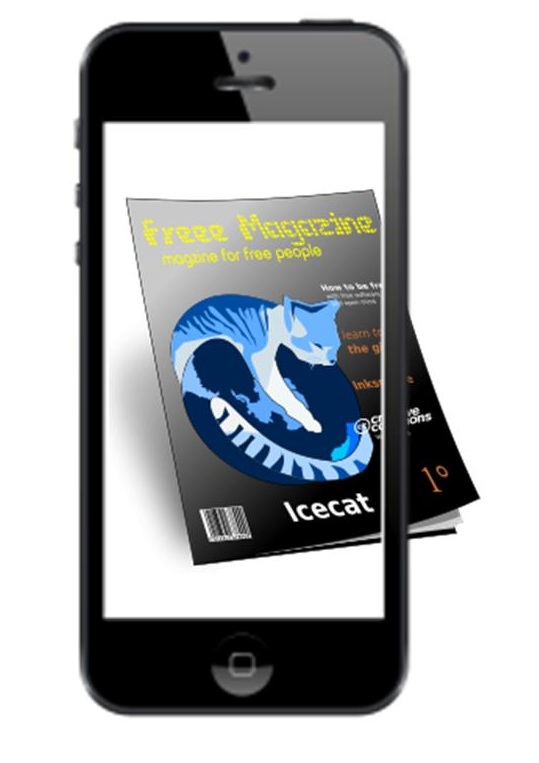Recent research is indicating that consumers in the U.S. have greater tolerance for this method than others.
According to a mobile marketing study that was just published, consumers in the United States are considerably more “tolerant” to smartphone video ads than their counterparts in Canada and Europe.
The study indicated that that more than a third of consumers in all three regions don’t pay much attention to the ads.
The research was performed by QuickPlay Media in the form of a survey. It determined that 40 percent or more of consumers in all three of the participating regions don’t pay all that much attention to the mobile marketing videos when these ads are displayed while they watch content on their devices. They also stated, however, that they are not irritated by the ads.
American viewers have the least likelihood of becoming irritated with video mobile marketing.
 The study indicated that 62 percent of American smartphone content viewers are unlikely to become irritated with mobile marketing in the form of video ads when they are looking at content on their devices. This was compared to 40 percent of Canadians and 49 percent of British respondents.
The study indicated that 62 percent of American smartphone content viewers are unlikely to become irritated with mobile marketing in the form of video ads when they are looking at content on their devices. This was compared to 40 percent of Canadians and 49 percent of British respondents.
Among all three of those countries, 20 percent or more of consumers were willing to pay between $5 and $7 per month in order to be able to gain access to television shows, movies, events, and other content without advertising.
At the same time, when it came to the relevant messaging form of mobile marketing, consumers in all three areas felt that the majority of ads were primarily irrelevant and did not appeal to their own unique interests. In the United States, consumers expressed that less than a third (29 percent) said that they felt that the ads that they saw were at least somewhat relevant to them. In the United Kingdom, that figure dropped slightly to 25 percent. However, among Canadians, only 12 percent felt that the ads that they saw were relevant to them.
According to the QuickPlay Media CEO and president, Wayne Purboo, who discussed the mobile marketing survey, “As more options for watching premium video content emerge for consumers, their particular preferences when it comes to viewing are also coming into focus.”

 They do so through the use of the Ogle app, which can be downloaded for free. Once the app is open and the pages of the magazine are being viewed through the device, the augmented reality features come to life. The Ogle symbol is printed on each of the pages that has additional content, so that the reader doesn’t feel like he or she is on a technological treasure hunt.
They do so through the use of the Ogle app, which can be downloaded for free. Once the app is open and the pages of the magazine are being viewed through the device, the augmented reality features come to life. The Ogle symbol is printed on each of the pages that has additional content, so that the reader doesn’t feel like he or she is on a technological treasure hunt.